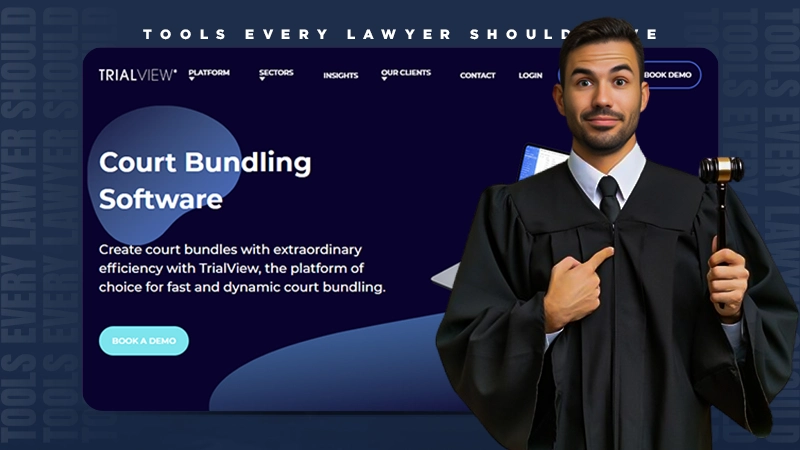Video content is currently the most popular format online. This has created many opportunities for video editors, especially freelance video editors worldwide. It is a tough, competitive world out there, but it is possible to survive. Video editors are in high demand to work on a variety of projects. These range from simple intro videos to sophisticated entertainment loops.
Becoming a video editor will first need you to become an expert in your craft. You must know a variety of video tools and their features. You should develop the ability to be creative and work on a wide range of projects. Once you are an expert with some work to your name, you must create a portfolio. You will start getting work once people start noticing your portfolio.
To navigate the tough world of self-employment in this competitive field, we have compiled a list of tips. These seven important steps will guide you to find work and build your career.
Specialize Early
Video editing is a vast ocean, and there are already many professionals. There are a variety of genres of videos that are on the Internet today. Learning to edit videos of all genres is an impossible goal. Each area has its specialization and demands specific skills.
You stand the biggest chance of success if you pick a few genres and become an expert in them. Choose areas where you are naturally good. Start with easy categories like intro videos that need expertise but not extreme creativity. Starting with something like gaming videos will make it tough to establish yourself.
Practice Hard, Volunteer if Needed
Video editing skills cannot be learned by attending a course. You should spend a lot more time practicing and learning the craft. Creating fun videos for social media will not cut it. You will need real clients to give you constructive feedback on your skill. If you do not get paid work yet, volunteer to edit videos for free. All practice is good practice.
Create a professional portfolio once you have a sizable amount of work to show. Share it with all interested customers and accept any work that comes your way. As you gain experience, you can choose what work to accept and at what price. But until you reach that stage, work on anything you can get your hands on.
Broadcast Your Portfolio
Use creative ways to broadcast your portfolio. Blog about video editing and leave your credentials in the article. That is a good way to reach out to relevant audiences. You can create social media content and leave a watermark to show you edit video so that no one else can steal your videos. If the video becomes viral, you gain exposure for no cost at all.
If there is a budget, invest in creating ads and targeting the right people. Ad platforms make it easy for you to identify the right sites, keywords, and people to show your ad. You can sign up for freelance sites like Upwork and upload your portfolio. These sites are good platforms to meet like-minded people and understand the existing opportunities.
Build Connections
It is very important to create a network of people you can depend on. To be a successful freelance video editor, you need to know where to find clients. When you find the clients, you must learn how to bid for the work. Bidding for work is an art, and having people who can guide you will go a long way.
Like all professions, freelance video editors need mentors. Find mentors who can uplevel your skill, and give you useful feedback. Build a community of freelance editors and exchange ideas. These people may be your competitors, but they are also on the same learning curve as you.
Create an Easy-to-Use Payment System
Work hard and present your best work for the projects you sign up for. Insist on being paid well and on time. Negotiate the right price upfront, and find trustworthy clients. Find the right payment system so clients can easily pay you. If you accept work across countries, enroll in payment systems that work internationally. Be aware of the tax you may have to pay from the work you receive locally and internationally.
Invest in Good Editing Tool
You now have the skill, clients, and work in hand. It is time to stop sharing video editing tools with friends and invest in owning a good tool for yourself. Find a tool that helps with your projects and has the scope to expand your horizon in the future.
Consider a tool like InVideo. This is the best online video editor tool available in the market now. Pay attention to its features and learn how to use the tool to its full potential. New tools are released regularly, and many are based on cloud architecture and use AI. These tools make video editing very easy and intuitive.
Build an Online Presence
Create a website of your own and start showing off your work. You have experience and a good body of work to display. Do it in style. Believe that you will become famous and people will seek your services. Let your website reflect this sentiment. Beyond having a website, consider doing podcasts and be active on social media. All of these are easy and inexpensive ways of building your brand.
Conclusion
Becoming a freelance video editor is not easy. However, if you put in the hard work to learn the skill, you can succeed. Focus on getting practice and do volunteer work if needed. The more experience you have in editing professional videos, the more opportunities you will get.
Broadcast your video to as many people as possible. Use all the platforms available to reach your target audience. Build a community around and find mentors. Invest in a good video editing tool covering your current needs and scales as you grow. Upgrade the tool as needed to take advantage of the latest features. You are now all set to start taking action to become a successful freelance video editor.








